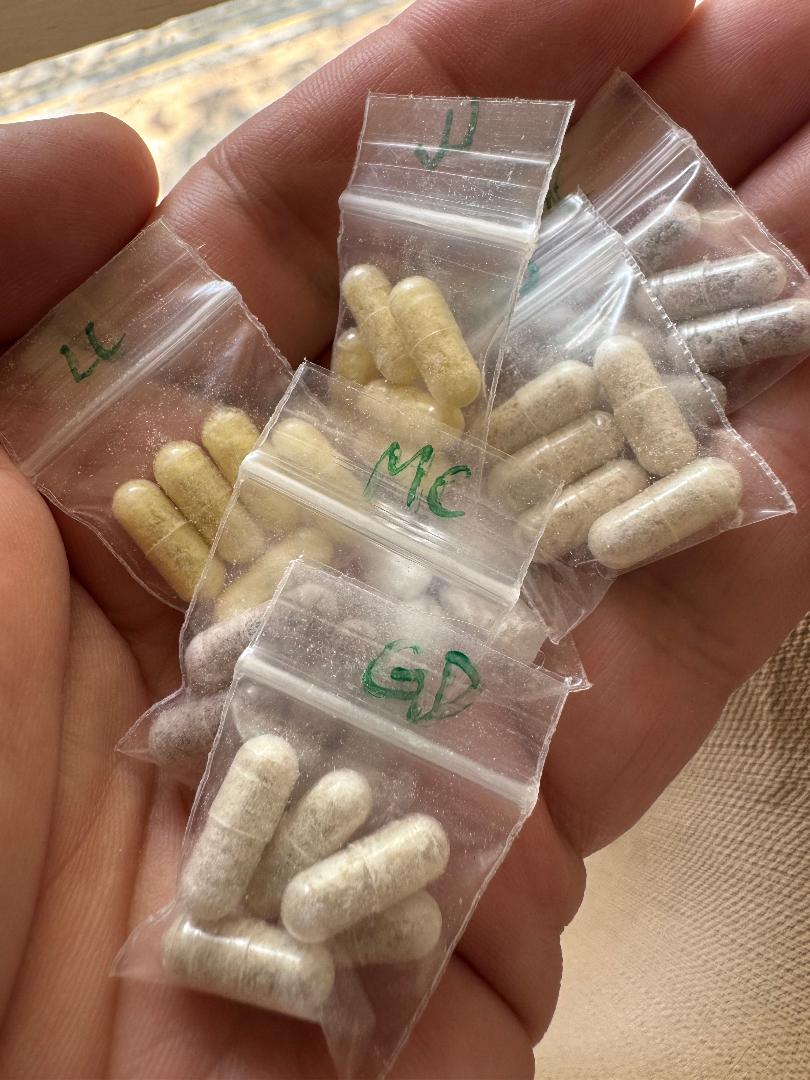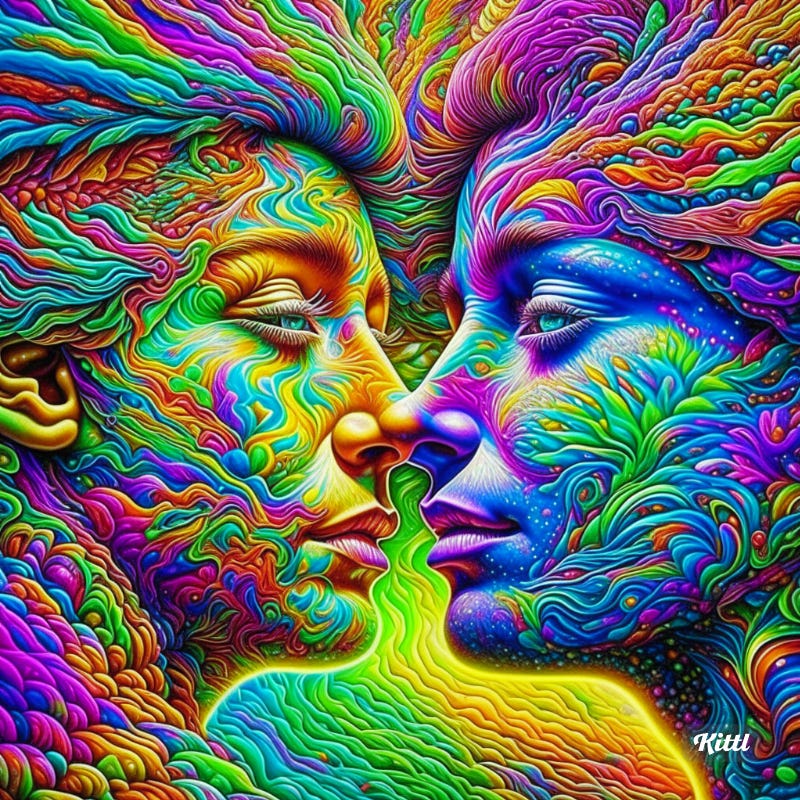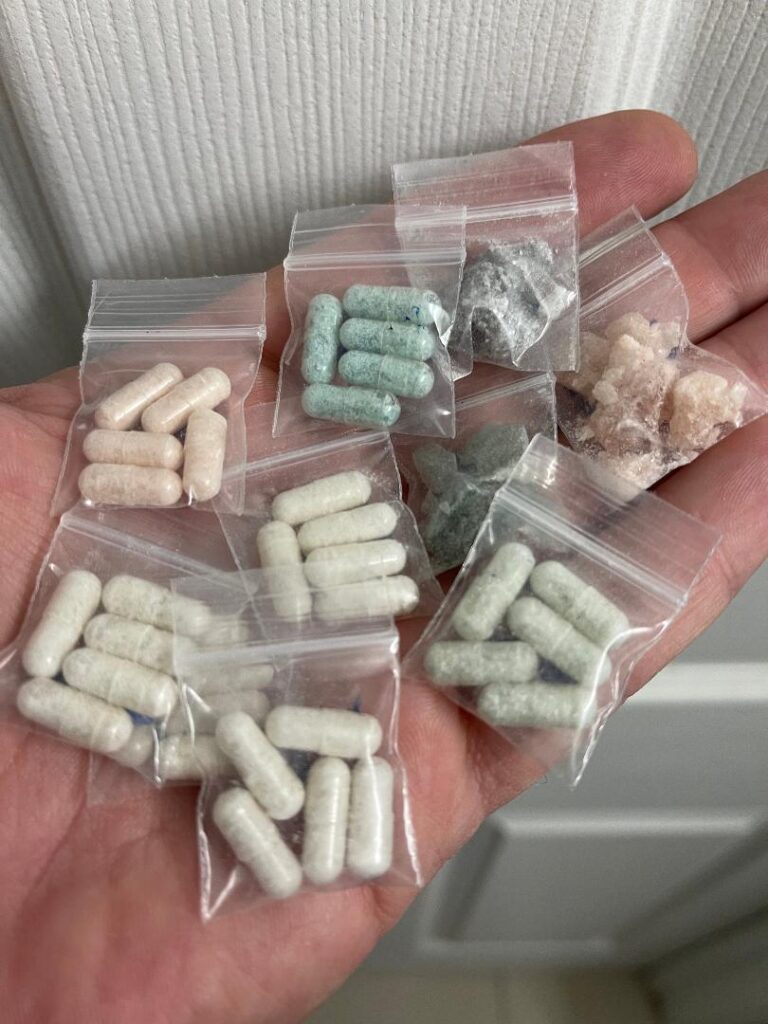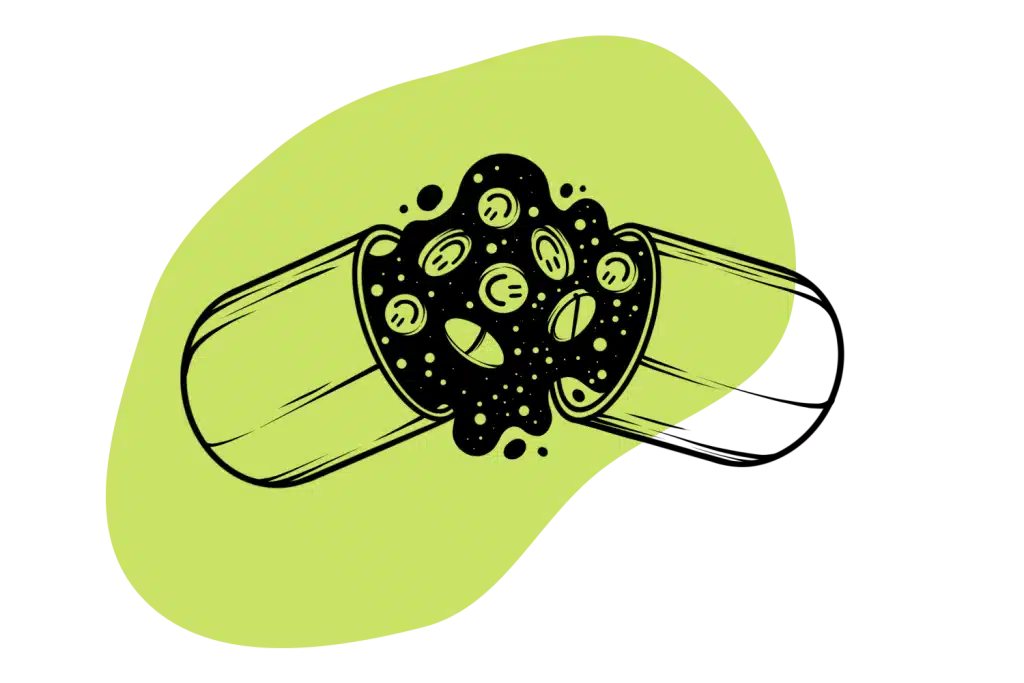
What is MDMA?
MDMA is a psychoactive known as an empathogen or entactogen due to its ability to increase empathy, connectedness, and emotional understanding.
The man who popularized MDMA, Alexander Shulgin, first described the psychoactive under the name Window for its ability to strip away our habits and biases — allowing us to see the world more clearly. He believed it would become important in the field of psychotherapy.
MDMA was used as a tool by health practitioners as a way to help break down barriers in their patients’ psyche to uncover deeply rooted traumas, foster a stronger patient-practitioner connection, and give patients the ability to take an unbiased look at their life and their emotions to better understand the root of their pain and suffering.
It was considered an important therapeutic drug for the treatment of PTSD, anxiety, depression, and other mental health disorders throughout the 1970s and 80s.
Recently MDMA started to regain its reputation in the medical setting with the development of the expanded access program and an increasing number of promising research programs over the past couple of years .
Today, approved clinics are using MDMA in the treatment of PTSD, depression, and couples therapy for its ability to break down biases and promote a sense of empathy and connection between people.

What Does MDMA Feel Like?
The MDMA experience is usually very positive in nature — unlike other psychedelics, which are highly susceptible to the people and environment you spend your time in throughout the trip.
You’ll feel a greater sense of euphoria, pleasure, social bonding, connection with the people around you, and your perception of sights and sound will change. MDMA is not a hallucinogen in the traditional sense, but it can make lights and colors appear more vibrant.
The MDMA experience is emotional. Users often feel the desire to hug or touch others, they may feel intense emotions of love and admiration surface towards friends and family, and they may feel a sense of arousal and enhanced sexual desire.

How Long Does MDMA Last?
The effects of MDMA usually appear around 20–60 minutes after taking the dose and last up to 6 hours.
What is microdosing MDMA?
Microdosing MDMA is dosing small, sub-threshold amounts of a psychedelic with the aim of gaining cognitive and creative benefits. It is a practice which is becoming increasingly popular, with the idea that taking a low dose of the substance will provide a mild psychological or physical effect without the intense psychedelic experience that a full dose is known for.
MDMA Dosage?
MDMA dosage depends on the individual and one’s experience. Generally, the recommended starting dose of MDMA is around 100mg, with lower doses ranging from 40-60mg and higher doses ranging from 100-160mg. When starting with a new batch of MDMA, it is best to take a quarter of the dose first and wait 1.5 hours until taking the rest to gauge tolerance.

MDMA Effects
- It has the potential to produce positive effects like strong feelings of empathy and connection to others
- Enhanced self-confidence
- Increased communication
- enhanced pleasure from physical sensations.
These effects can be beneficial for individuals by providing an improved sense of well-being, possibly leading to improved mental health, as well as helping to reduce symptoms of anxiety, depression, PTSD, and other mental health issues.






